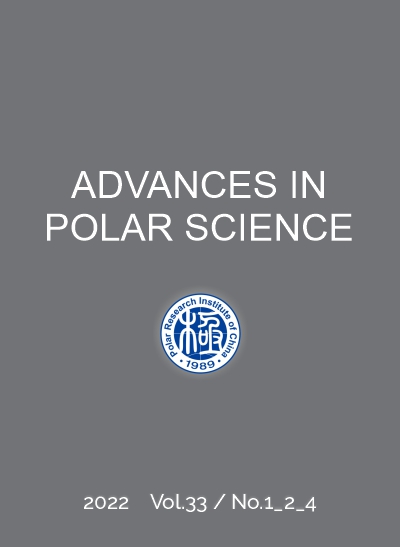Publication: Advances in Polar Science (APS). Vol. 33, No. 2, 123~134, June 2022
To download the publication please click on the download link at the bottom of the page
Author: ZHOU Yaqian, PANG Hongxi, HU Huanting, YANG Guang and HOU Shugui
DOI: 10.13679/j.advps.2021.0038
CNARC member: Polar Research Institute of China (PRIC)
Abstract: The 17O anomaly of oxygen (Δ17O, calculated from δ17O and δ18O) trapped in ice-core bubbles and dissolved in ocean has been respectively used to evaluate the past biosphere productivity at a global scale and gross oxygen production (GOP) in the mixed layer (ML) of ocean. Compared to traditional methods in GOP estimation, triple oxygen isotope (TOI) method provides estimates that ignore incubation bottle effects and calculates GOP on larger spatial and temporal scales. Calculated from TOI of O2 trapped in ice-core bubbles, the averaged global biological productivities in past glacial periods were about 0.83–0.94 of the present, and the longest timerecord reached 400 ka BP (thousand years before the present). TOI-derived GOP estimation has also been widely applied in open oceans and coastal oceans, with emphasis on the ML. Although the TOI method has been widely used in aquatic ecosystems, TOI-based GOP is assumed to be constant at a steady state, and the influence of physical transports below the ML is neglected. The TOI method applied to evaluate past total biospheric productivity is limited by rare samples as well as uncertainties related to O2 consumption mechanisms and terrestrial biosphere’s hydrological processes. Future studies should take into account the physical transports below the ML and apply the TOI method in deep ocean. In addition, study on the complex land biosphere mechanisms by triple isotope composition of O2 trapped in ice-core bubbles needs to be strengthened.
Key words: triple oxygen isotope, ice-core bubbles, dissolved oxygen in ocean, biological productivity


